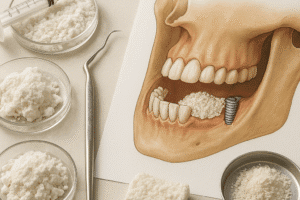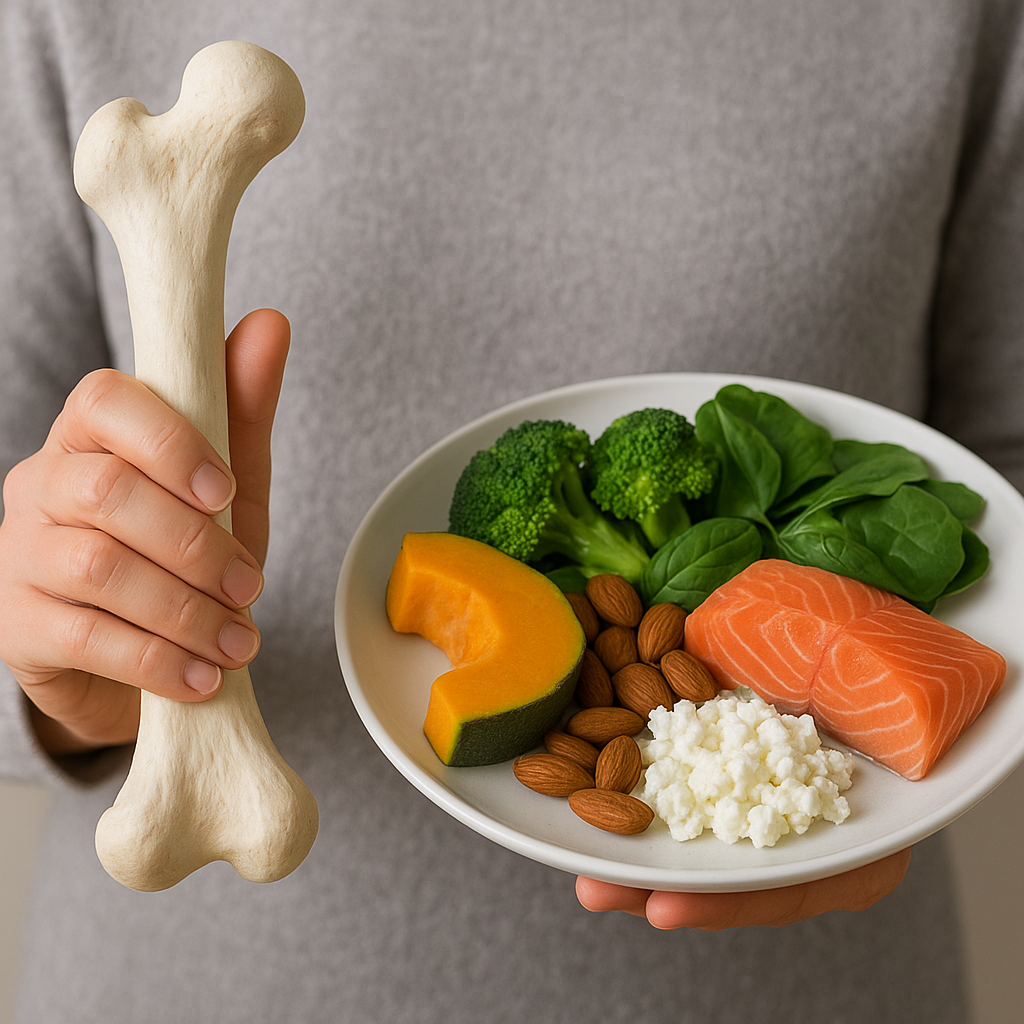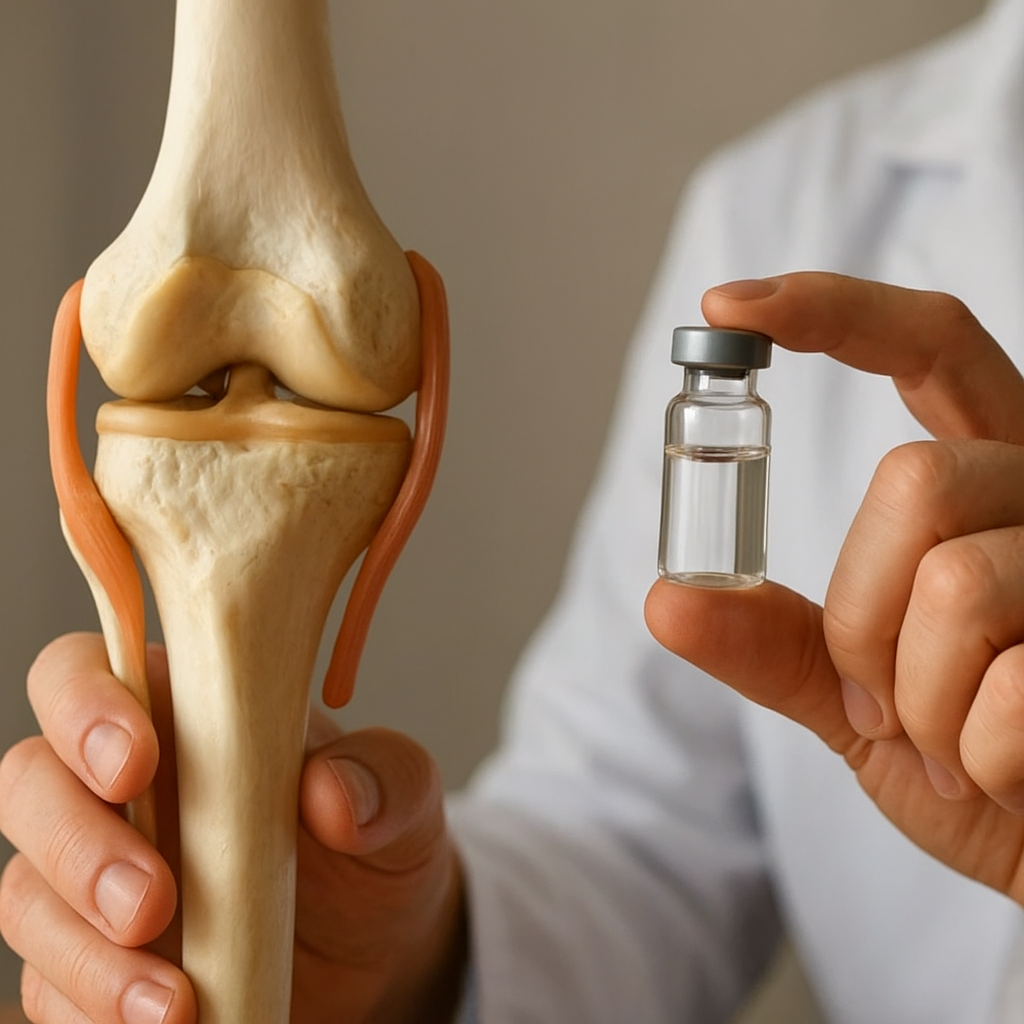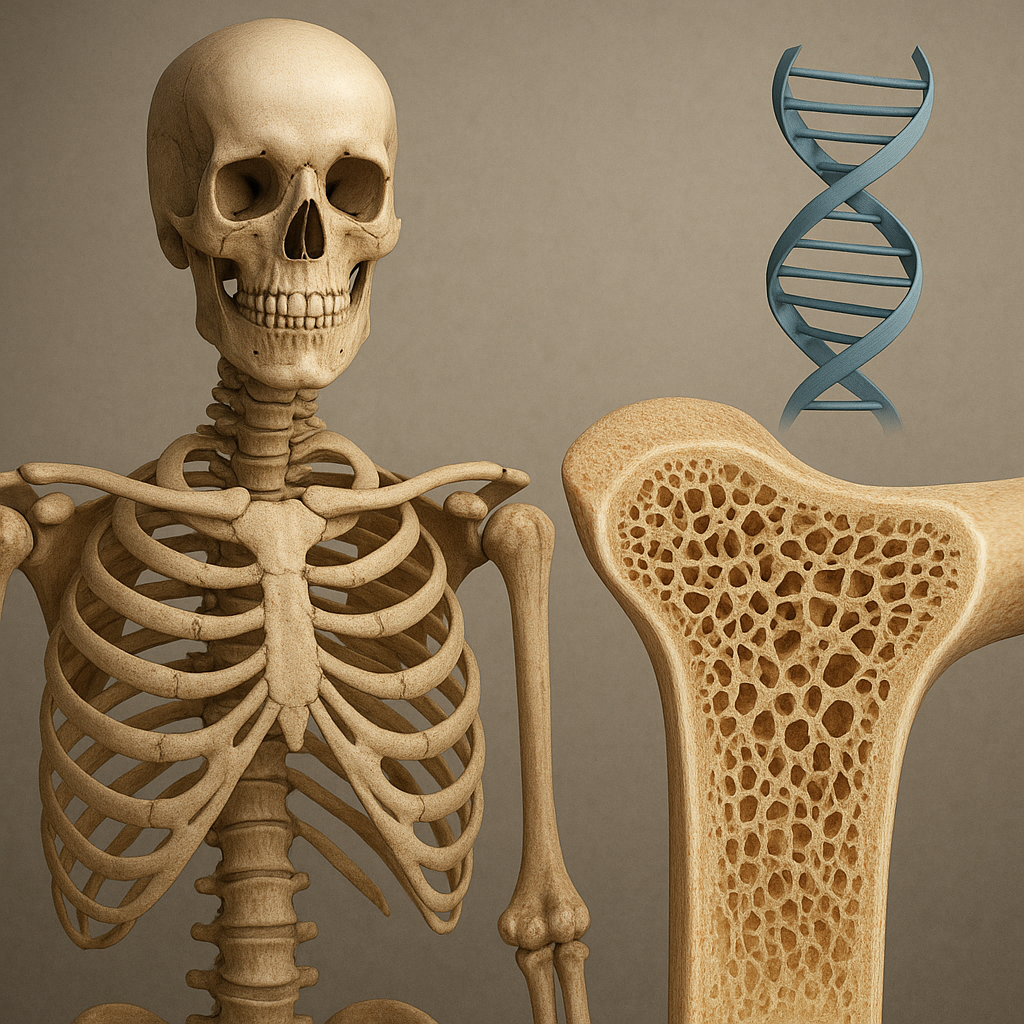Bone spurs, also known as osteophytes, are bony projections that develop along the edges of bones, often in joints. They can occur in various parts of the body, including the spine, shoulders, hands, hips, knees, and feet. Understanding what bone spurs are and how they develop is crucial for recognizing their potential impact on health and mobility. This article will explore the nature of bone spurs, their causes, symptoms, and treatment options, providing a comprehensive overview of this common condition.
Understanding Bone Spurs
Bone spurs are typically a result of the body’s natural response to pressure, friction, or injury. When the cartilage that cushions the joints wears down, the body may attempt to repair itself by forming new bone in the affected area. This process can lead to the development of bone spurs, which can vary in size and shape. While some individuals may have bone spurs without experiencing any symptoms, others may find that these growths can lead to pain and discomfort, particularly if they press against nearby nerves or tissues.
Causes of Bone Spurs
Several factors contribute to the formation of bone spurs, including:
- Osteoarthritis: This degenerative joint disease is one of the most common causes of bone spurs. As cartilage wears away, the body compensates by creating additional bone.
- Age: As people age, the likelihood of developing bone spurs increases due to the natural wear and tear on joints.
- Repetitive Stress: Activities that involve repetitive motions or excessive strain on certain joints can lead to the formation of bone spurs over time.
- Injury: Trauma to a joint can trigger the body’s healing response, resulting in the development of bone spurs.
- Genetics: Some individuals may be genetically predisposed to conditions that lead to bone spur formation.
Symptoms of Bone Spurs
Many people with bone spurs may not experience any symptoms. However, when symptoms do occur, they can include:
- Pain: Bone spurs can cause localized pain, especially if they are pressing against nerves or other tissues.
- Stiffness: Affected joints may feel stiff, particularly after periods of inactivity.
- Swelling: Inflammation around the spur can lead to swelling in the affected area.
- Reduced Range of Motion: Bone spurs can limit the movement of joints, making it difficult to perform certain activities.
- Numbness or Tingling: If a bone spur compresses a nerve, it can lead to sensations of numbness or tingling in the surrounding area.
Diagnosis and Treatment Options
Diagnosing bone spurs typically involves a combination of physical examinations and imaging tests. A healthcare provider may assess the patient’s medical history, conduct a physical exam, and order X-rays or MRI scans to visualize the bone spurs and evaluate their impact on surrounding structures.
Treatment Approaches
Treatment for bone spurs depends on the severity of symptoms and the specific location of the spurs. Common treatment options include:
- Conservative Management: Many cases of bone spurs can be managed with conservative treatments such as rest, ice, and over-the-counter pain relievers like ibuprofen or acetaminophen.
- Physical Therapy: Engaging in physical therapy can help strengthen the muscles around the affected joint, improve flexibility, and reduce pain.
- Injections: Corticosteroid injections may be administered to reduce inflammation and alleviate pain in the affected area.
- Surgery: In severe cases where conservative treatments fail to provide relief, surgical intervention may be necessary to remove the bone spur and relieve pressure on surrounding tissues.
Preventive Measures
While not all bone spurs can be prevented, certain lifestyle changes can help reduce the risk of developing them:
- Maintain a Healthy Weight: Excess weight can put additional stress on joints, increasing the likelihood of bone spur formation.
- Stay Active: Regular exercise can help maintain joint flexibility and strength, reducing the risk of injury and degeneration.
- Use Proper Techniques: When engaging in physical activities or sports, using proper techniques and equipment can help minimize stress on joints.
- Listen to Your Body: Pay attention to any signs of pain or discomfort and take breaks as needed to prevent overuse injuries.
Conclusion
Bone spurs are a common condition that can arise from various factors, including age, injury, and repetitive stress on joints. While they may not always cause symptoms, when they do, they can significantly impact a person’s quality of life. Understanding the causes, symptoms, and treatment options for bone spurs is essential for managing this condition effectively. By adopting preventive measures and seeking appropriate medical care, individuals can reduce their risk of developing bone spurs and maintain their overall joint health.













